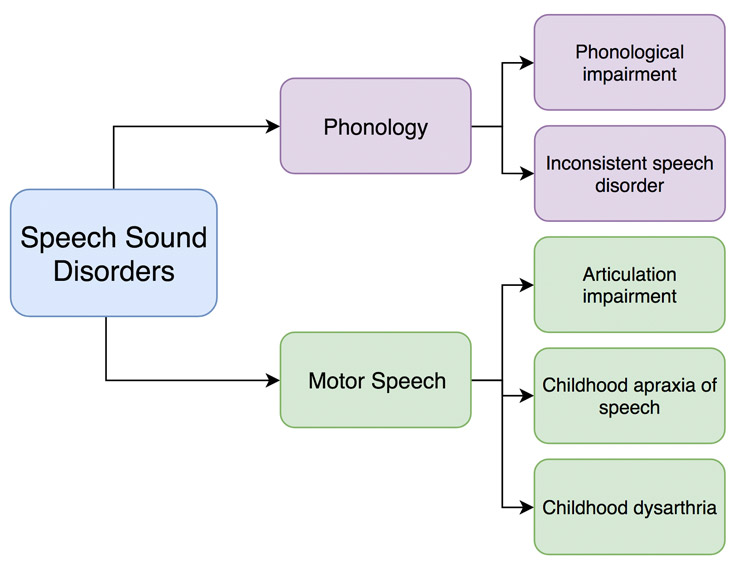Please take a little time to answer these brief questions as you become familiar with the SuSSD site, fill in our feedback form.
Useful websites
- RCSLT website
- RCSLT Facebook page
- RCSLT research Facebook page
- RCSLT evidence-based practice page
- Child Speech Disorder Research Network website
- speechBITE
- Caroline Bowen's website
- Sharynne McLeod Multilingual children's speech site
- Storkel (2018) The Complexity Approach to Phonological Treatment: How to Select Treatment Targets (Supplemental Materials)
-
Some useful ideas of who to follow
- @RCSLT
- @RCSLTHubs
- @RCSLTpolicy
- @RCSLTResearch
- @GivingVoiceUK
- @The_HCPC
- @ASHAweb
- @ASHAJournals
- @ijslp
- @ijlcd
- @IASLT
- @speechBITE
- @comm_nTrust
- @JiTitterington
- @natalie_hegarty
- @yvonnewren
- @SharynneMcLeod
- @DrEliseBaker
- @vjoffe
- @wespeechies
- @speechwoman
- @OonaghReilly
- @SusanEbbles
- @j_broomfield
- @DrHelenSLT
- @ebpchampion
- @CSDRNetwork
- @cristina_mckean
- @ICANcharity
- @helpmetalkslt
Terminology
-
Speech sound disorder
"Children with speech sound disorders can have any combination of difficulties with perception, articulation/motor production, and/or phonological representation of speech segments (consonants and vowels), phonotactics (syllable and word shapes), and prosody (lexical and grammatical tones, rhythm, stress, and intonation) that may impact speech intelligibility and acceptability."
Diagram adapted from information in McLeod and Baker (2017):

-
Phonological impairment
Phonological impairment is “a cognitive linguistic difficulty with learning the phonological system of a language characterised by pattern-based speech errors” (McLeod and Baker 2017, p.576).
-
Productive phonological knowledge
“A speaker’s competence and performance (i.e., tacit and explicit knowledge) about the phonological system of a language” (McLeod and Baker 2017, p.577)
-
Intervention intensity
How much intervention is provided: See the intervention intensity overview for more in depth information about how to calculate intervention intensity
-
Phoneme collapse
When a child produces one sound in the place of many other different sounds, resulting in homonymy.
The multiple oppositions approach is suitable to treat children with this difficulty.
